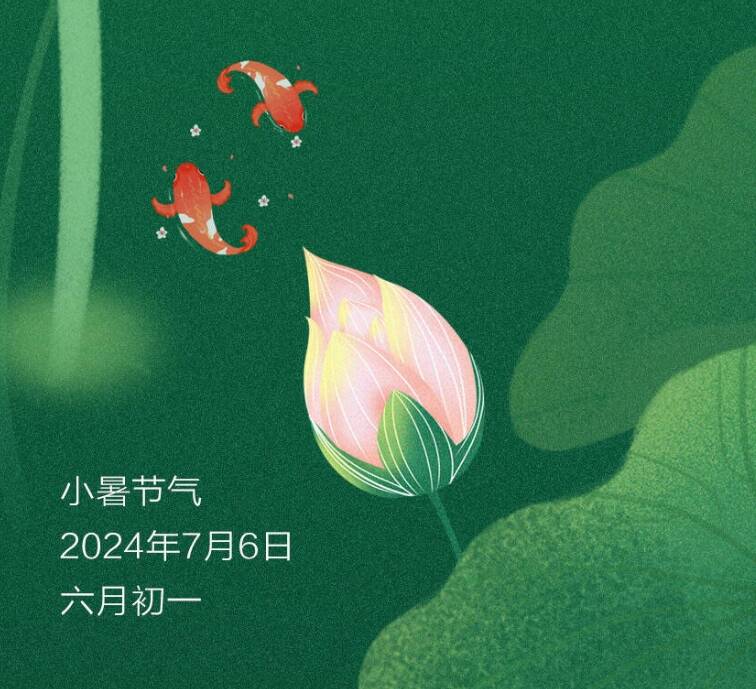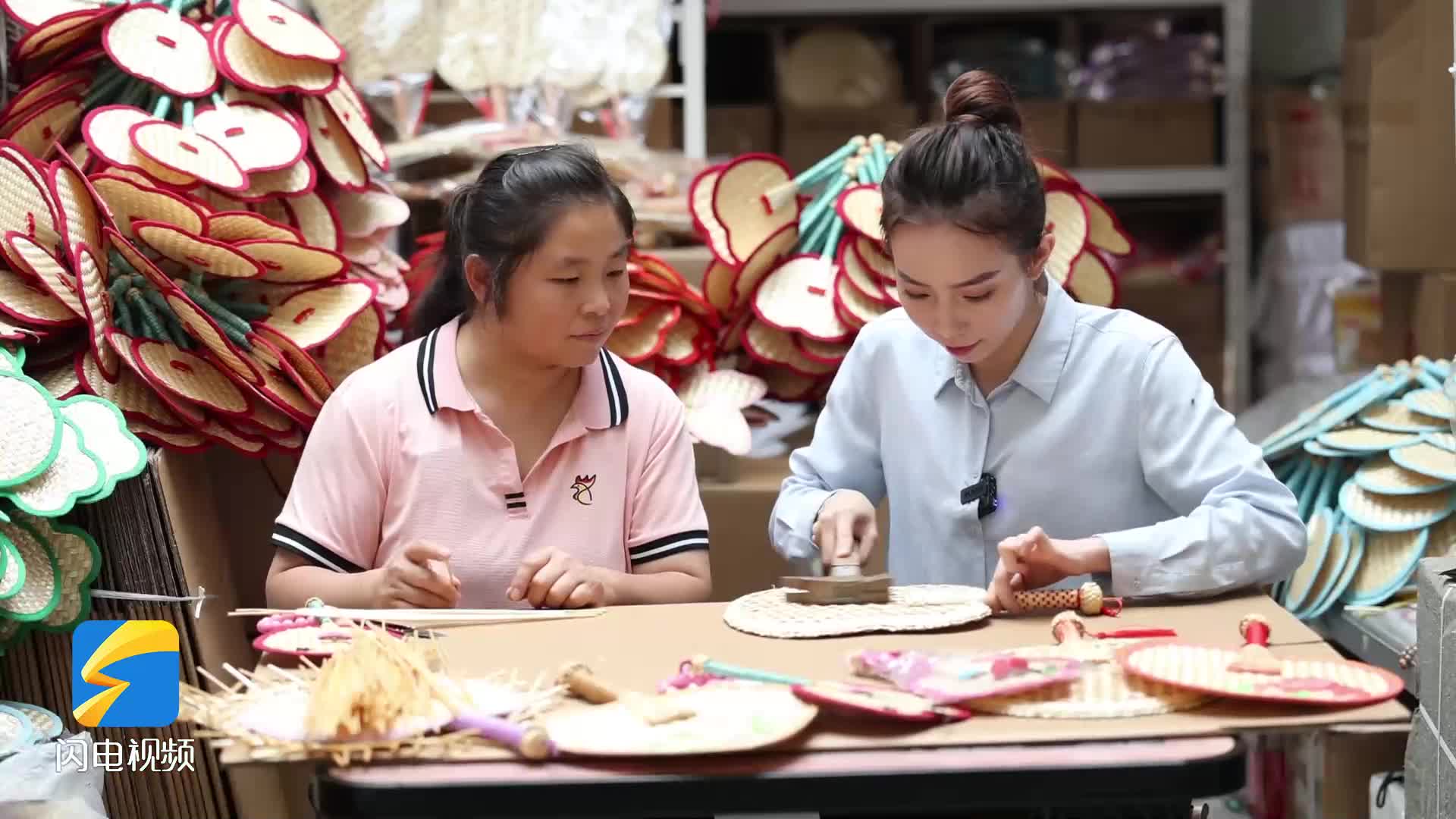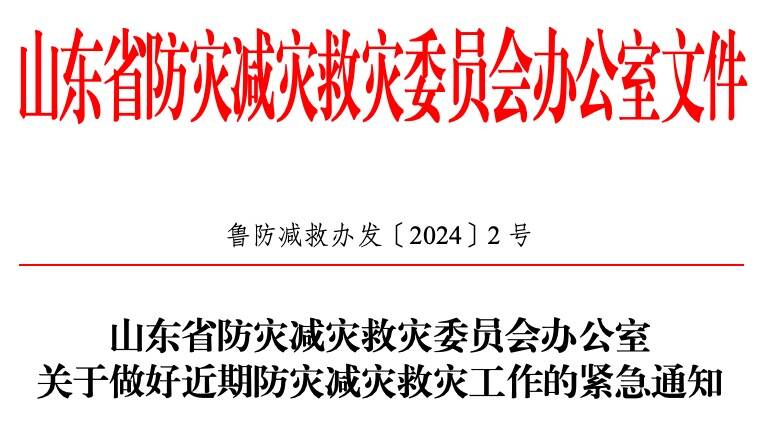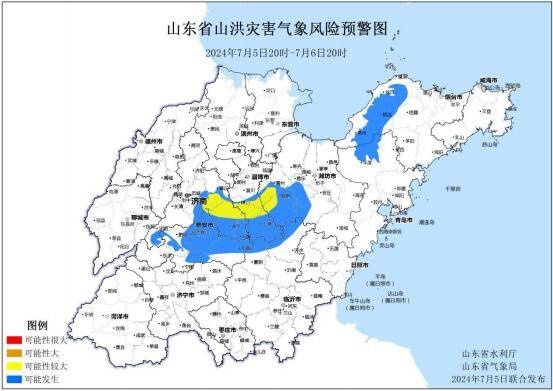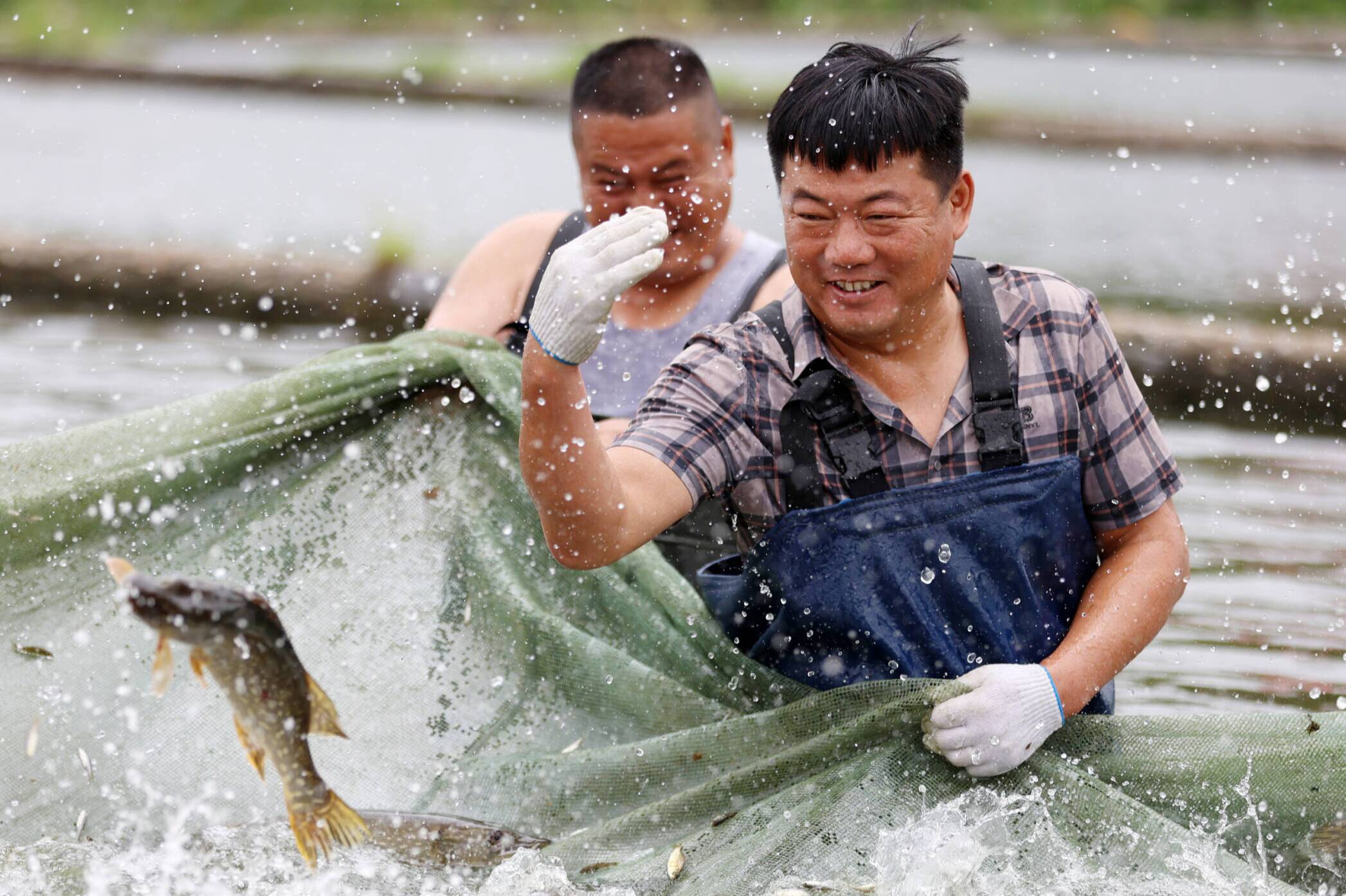齊魯網·閃電新聞7月6日訊 子曰:“不學詩,無以言;不學禮,無以立。”
Confucius said, "Without learning poetry, one cannot speak; without learning etiquette, one cannot stand firm."
小暑時節,詩禮堂前的兩棵參天銀杏枝繁葉茂。
During the Minor Heat, a time of peak summer heat, the fruit of the two towering Ginkgo trees in front of the Hall of Rites and Poetry reaches its full maturity.
其果實碩大豐滿,每至仲熟。孔府宴中的銀杏,即取此樹之果,故名“詩禮銀杏”。
These very Ginkgo nuts grace the tables of the Confucian Feast. Embodying a legacy that extends far beyond mere taste.
雪梨洗凈去蒂
Remove the stem from the pear.
表面用模具刻出“詩”字,
將其他的表皮削掉,并挖掉果核。
Carve the Poetry character on its surface using a mold.
Peel off the rest of the skin and scoop out the core.
起鍋,加入清水,
Add some water into a pot and light the stove.
放入冰糖熬出糖色,再加入蜂蜜,
Add rock sugar and simmer until a caramel color develops, then add honey.
沸騰后加水慢煮20分鐘。
Bring to a boil, add water, and simmer for 20 minutes.
放入處理好的梨,
Put the pear into the boiling water.
煮至片刻,撈出放涼。
Cook for a short time then remove from fire.
再下入準備好的紅棗、蓮子、銀杏果,
Add some red dates, lotus seeds, and Ginkgo nuts.
將煮好的食材擺放在一起,
Arrange the cooked ingredients together.
最后淋上放涼的糖水。
Finally, pour the cooled sugar water over the dish.
“詩中有畫,畫中有味”!
This dessert, a testament to the enduring connection between art, culture, and food, embodies the essence of Confucian culture.
古典雅韻與現代烹飪藝術巧妙融合,
The delicate artistry of the dish and the harmonious balance of flavors create a culinary experience that is a journey through time
在筵席間傳禮,在唇齒間留味,一味一食中,感受儒家文化的博大精深。
a celebration of heritage, and a testament to the enduring strength of Confucian culture.
閃電新聞記者 王一寧 趙德科 孔垂頔 國慧賢 濟寧臺 褚同軍 曲阜融媒 孔大川 報道

